Preserve History – Protect What’s Important

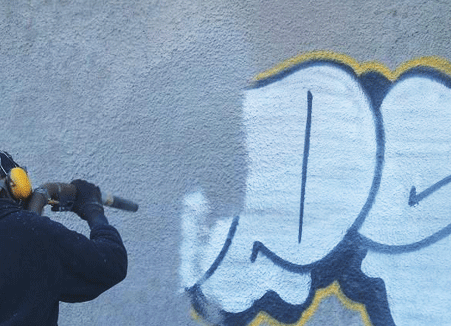
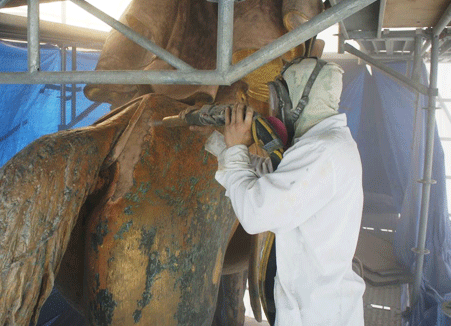
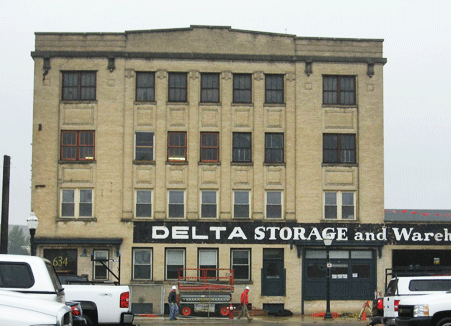

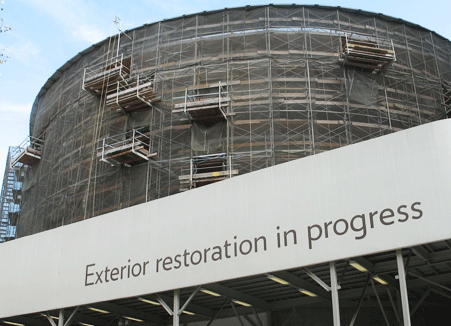
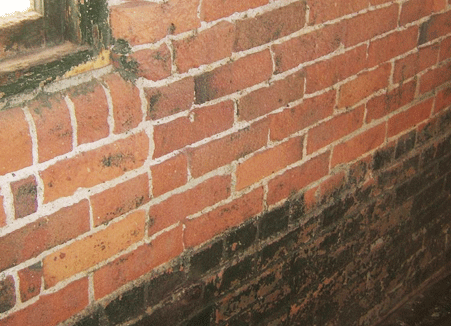
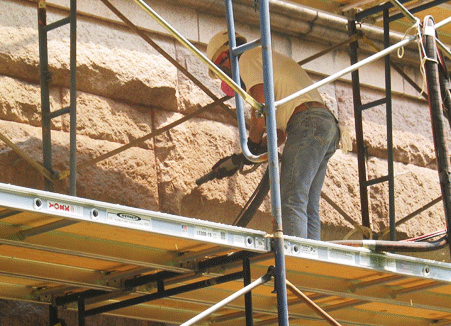

Sponge-Jet provides professionals with a dry, low-dust, micro-abrasive composite to clean multiple substrates across many applications.
- Removal of environmental contaminants
- Historic structures & monument rehabilitation
- Graffiti removal
- Lead paint remediation
- Efflorescence & exfoliation
- Soot, char & smoke damage
- Stone & marble cleaning
Materials can be selected that can remove contaminants without damaging the surface. This controllable system allows the operator to adjust pressures and media rates to match the needs of the project. The low rebound nature of Sponge Media prevents damage to adjacent surfaces, while the low dust feature enables the operator to visually watch and control contaminant removal during the process.
Testimonials

“In terms of preservation, graffiti is among the bigger problems we face on the wall because it’s fragile sandstone. In the past, we’ve had to use chemicals… Now, we have available gentle abrasive measures.” - Christina Wallace, Senior Preservation Conservator, Presidio Trust
Related Resources

Battery Chamberlin Preservation
Article on historic US Army gun at Battery Chamberlin (California) and how Sponge-Jet was selected b…
Download
Cleaning Wisconsin State Capitol
PDF magazine article describes how Sponge-Jet blast media was used to clean, exfoliate, and preserve…
Download
Courthouse Restoration Article Traditional Building
PDF magazine article describes using Sponge-Jet blast media to remove multiple layers of decades-old…
Download
Overview of Historic Restoration
DF document showcases Sponge-Jet’s ability to precisely clean sensitive and ultrasensitive surface…
Download
Recent Blog Posts
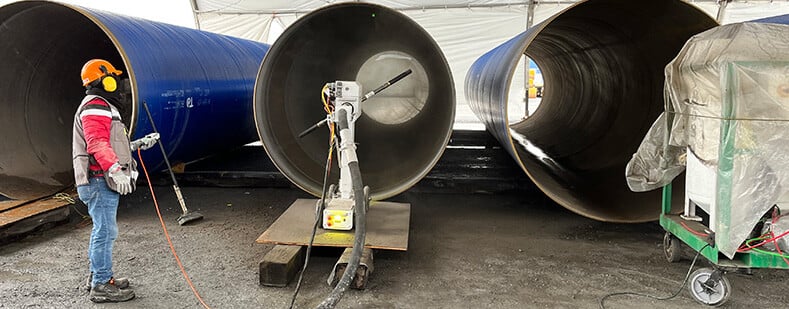
Robotica Saves Disposal and Labor Costs in Mexico
Pipelines are crucial for transporting clean water from treatment plants to cities, businesses, and homes. By maintaining a closed piping system from the source to the faucet, water utilities reduce the risk of water contamination. During the manufacturing of these pipes, proper surface prep must be completed to ensure that they maintain their integrity after coating and installation.
Read More >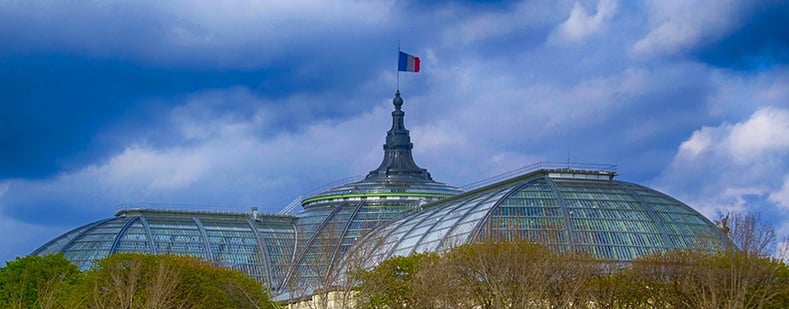
How Sponge-Jet Helped Restore Paris's Grand Palais for the 2024 Olympics
Every four years, billions of people from all around the globe unite to watch the Olympic Games.Hosted in renowned cities worldwide, this year’s Olympic Games will be held in Paris, France. They have only been held in Paris, France twice before - in 1900 and 1924. Now, 100 years later, Paris will once again become the world stage for these iconic games.Read More >
